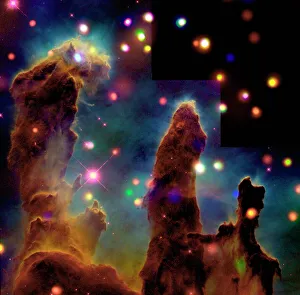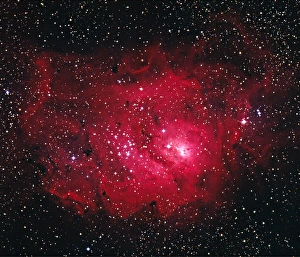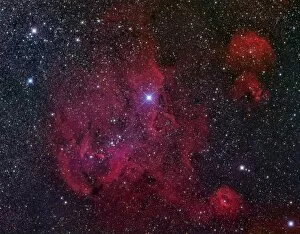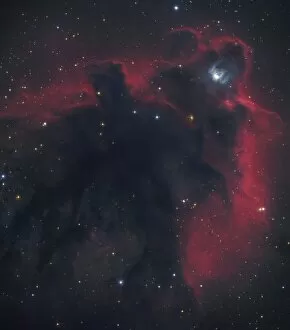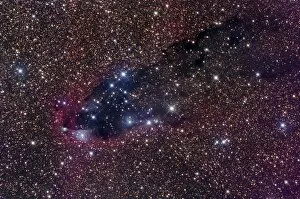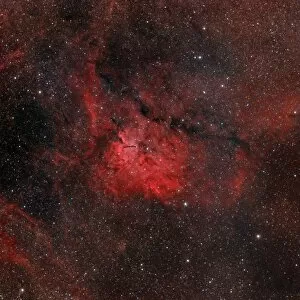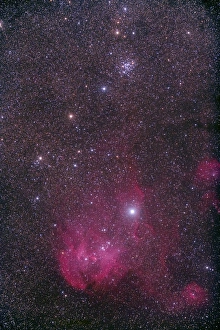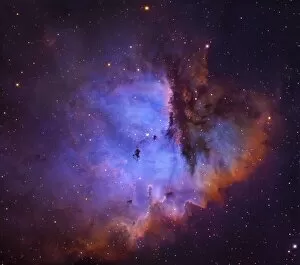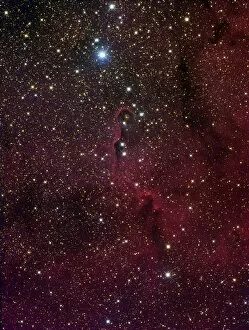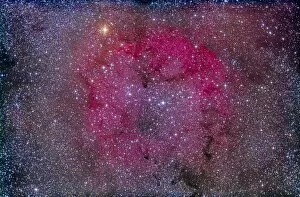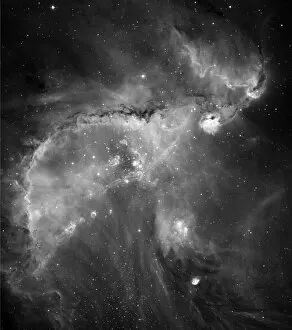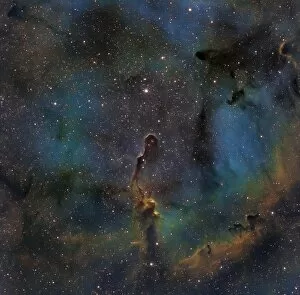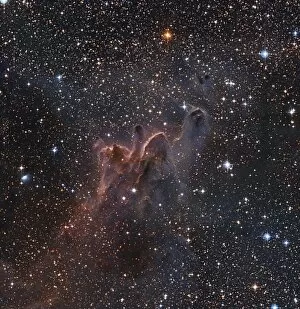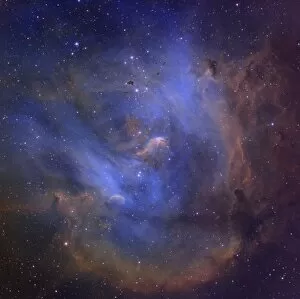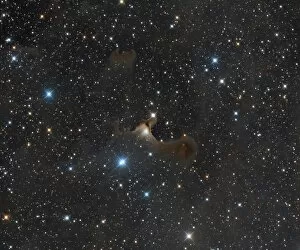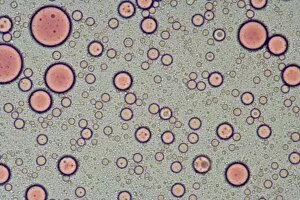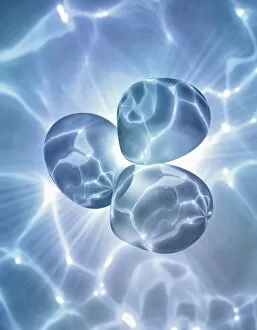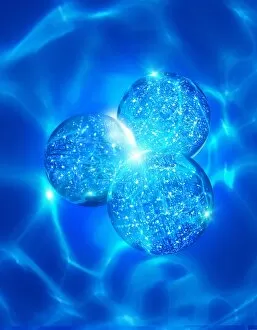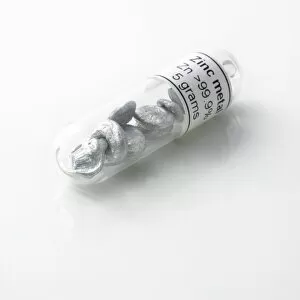Globule Collection
Captivating and Enigmatic: Exploring the Mysteries of Globules In the vast expanse of our universe
All Professionally Made to Order for Quick Shipping
Captivating and Enigmatic: Exploring the Mysteries of Globules In the vast expanse of our universe, globules emerge as enigmatic celestial entities that continue to captivate astronomers and stargazers alike. These dense pockets of gas and dust hold within them a wealth of cosmic wonders, offering glimpses into the mesmerizing beauty that lies beyond. One such spectacle is found in the iconic Pillars of Creation, towering structures within the Eagle Nebula (Messier 16). These colossal columns serve as stellar nurseries, nurturing new stars amidst their ethereal embrace. As we venture further into this nebulous realm, we encounter NGC 281 - affectionately known as the Pacman Nebula for its uncanny resemblance to the beloved video game character. Its vibrant hues beckon us closer, inviting exploration into its intricate maze-like patterns. The Lagoon Nebula (M8) reveals itself with an awe-inspiring display of interstellar clouds illuminated by newborn stars. Here, one can witness nature's artistic prowess at work – sculpting delicate tendrils resembling an elephant's trunk in IC 1396 aptly named The Elephant Trunk Nebula. Delving deeper into space's tapestry brings us to IC 2944 – a sight both whimsical and extraordinary. Known as The Running Chicken Nebula due to its peculiar shape reminiscent of our feathered friends on Earth, it serves as a testament to nature's boundless creativity. As we journey towards home through the central region of our Milky Way galaxy, hidden treasures await discovery. Within this cosmic metropolis lies NGC 281 once again; however now it takes on another guise - The Pacman Nebula - reminding us that even in familiar territories lie secrets waiting to be unraveled. Not confined solely to distant galaxies or nebular realms are these captivating globules; they also grace our own celestial neighborhood.

